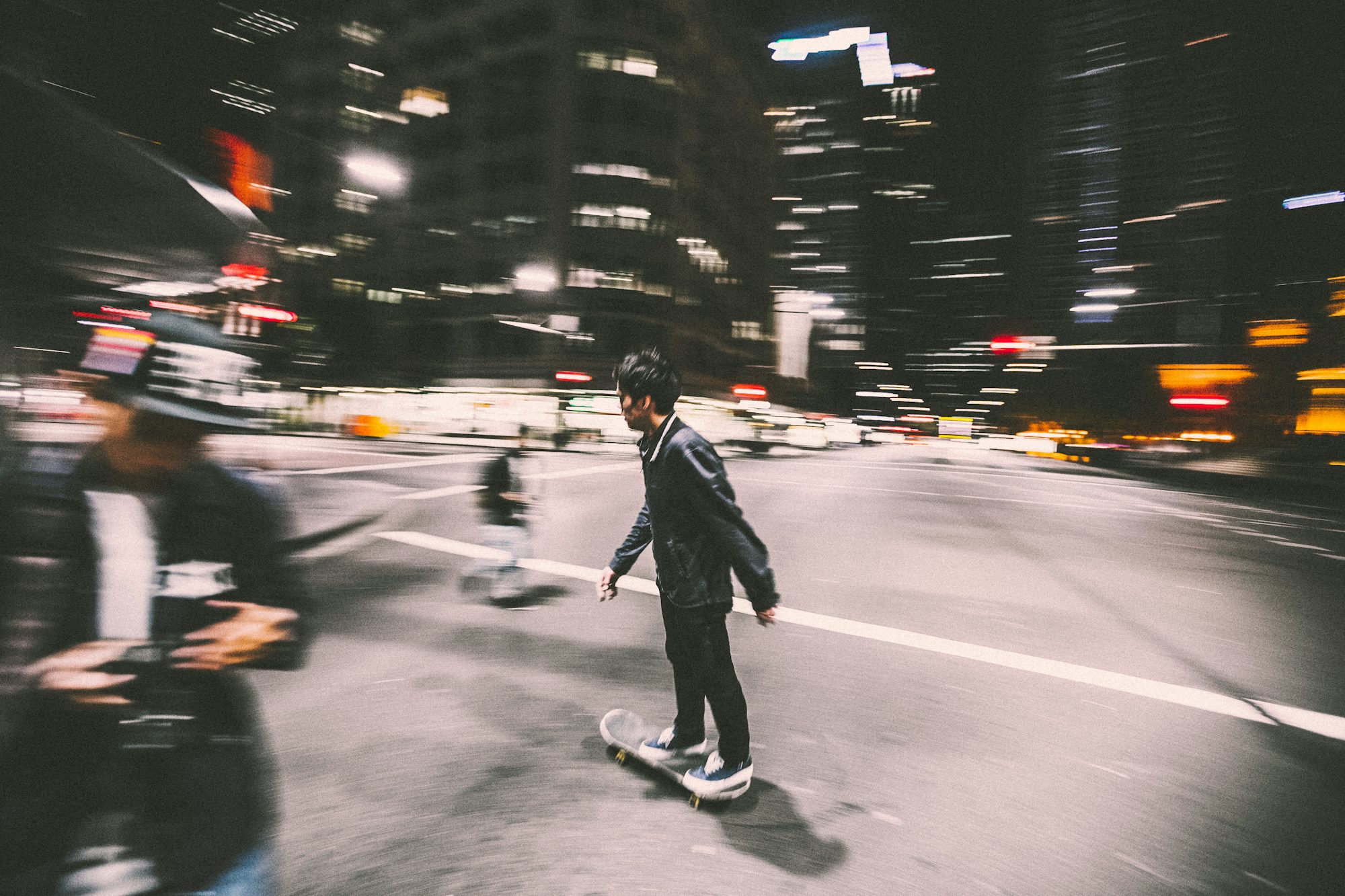At its core, longboarding distinguishes itself from standard skateboarding through its longer decks and larger wheels, which provide a more stable and comfortable ride. Riders often find themselves drawn to longboarding for its accessibility and versatility. Whether cruising down city streets, carving through mountain roads, or commuting to work, longboards accommodate a wide range of activities and preferences. The longboard's design allows for a smooth and stable ride, making it ideal for beginners and seasoned riders alike.
One of the most appealing aspects of longboarding is the ability to carve. Carving involves using shifts in weight to create smooth, sweeping turns that resemble surfing or snowboarding. This technique not only enhances the rider's control but also transforms the ride into a graceful dance across the pavement. Longboarders often develop a deep connection with their boards, feeling the rhythm of their movements as they navigate through twists and turns. The joy of carving allows riders to express their individual style, making each ride a unique experience.
Downhill longboarding is another exhilarating discipline that showcases the sport's thrill-seeking side. This form of longboarding involves riding down steep hills at high speeds, requiring a combination of skill, balance, and control. Riders must master techniques such as sliding and foot braking to maintain stability while navigating sharp turns. The adrenaline rush associated with downhill longboarding attracts many enthusiasts, creating a sense of camaraderie among riders who share a passion for speed and excitement. Events and competitions focused on downhill racing further promote the spirit of competition and community within the longboarding world.
Slalom longboarding adds another layer of complexity to the sport, emphasizing agility and precision. In slalom racing, riders navigate through a series of cones or obstacles, testing their maneuvering skills and reflexes. This discipline requires a keen understanding of weight distribution and board control, as skaters must execute tight turns while maintaining their speed. Slalom competitions encourage riders to showcase their technical abilities, offering a thrilling challenge that highlights the skillful artistry of longboarding.
The culture surrounding longboarding is rich and diverse, marked by a strong sense of community and collaboration. Riders often form tight-knit groups, sharing tips, tricks, and experiences that enhance their skills and deepen their appreciation for the sport. Social media platforms play a vital role in fostering this sense of community, allowing longboarders to connect with one another, share videos, and showcase their rides. The growing visibility of longboarding on platforms like Instagram and YouTube has not only inspired new riders but has also elevated the sport's profile globally.
Fashion is another integral part of longboarding culture. Riders often express their individuality through their clothing and gear, sporting brands that resonate with their personal style. Longboarding apparel often emphasizes comfort and functionality, allowing riders to move freely while showcasing their unique flair. Helmets, protective gear, and custom longboards have also become fashionable accessories, blending safety with personal expression. This fusion of style and functionality reflects the evolving identity of longboarding as it captures the attention of a wider audience.
Inclusivity has become a significant theme in the longboarding community, as initiatives aimed at encouraging diversity gain momentum. Organizations and events focused on promoting longboarding among women, LGBTQ+ individuals, and underrepresented groups have emerged, creating safe spaces for everyone to participate. Workshops and mentorship programs provide aspiring longboarders with the skills and confidence to engage with the sport, fostering a sense of belonging that transcends barriers. This commitment to inclusivity enriches the longboarding community, ensuring that riders from all backgrounds can enjoy the sport.
The impact of technology on longboarding is evident in various aspects of the sport, from equipment design to the sharing of experiences. Innovations in board materials, shapes, and truck designs have enhanced performance and stability, allowing riders to explore new possibilities. Additionally, advancements in camera technology have made it easier for longboarders to document their rides and share their experiences with a global audience. This digital presence not only showcases individual talents but also promotes a sense of community, connecting riders across distances.
As longboarding continues to grow in popularity, the sport's influence extends beyond traditional skating communities. Collaborations with artists, musicians, and brands have emerged, creating a vibrant cultural landscape that celebrates the essence of longboarding. Events that combine music, art, and longboarding provide a platform for creative expression and community engagement, inviting riders and non-riders alike to participate in the celebration of this dynamic sport.
In conclusion, longboarding represents a captivating blend of technique, culture, and community. Its focus on carving, downhill racing, and slalom showcases the diverse skill sets that define the sport, while the strong sense of camaraderie fosters connections among riders. As longboarding continues to evolve, it embraces inclusivity and celebrates individuality, inviting riders from all walks of life to share in the joy of gliding across pavement. Whether you’re cruising down a scenic hill or navigating through a slalom course, longboarding offers an exhilarating experience that connects you to the world around you.
